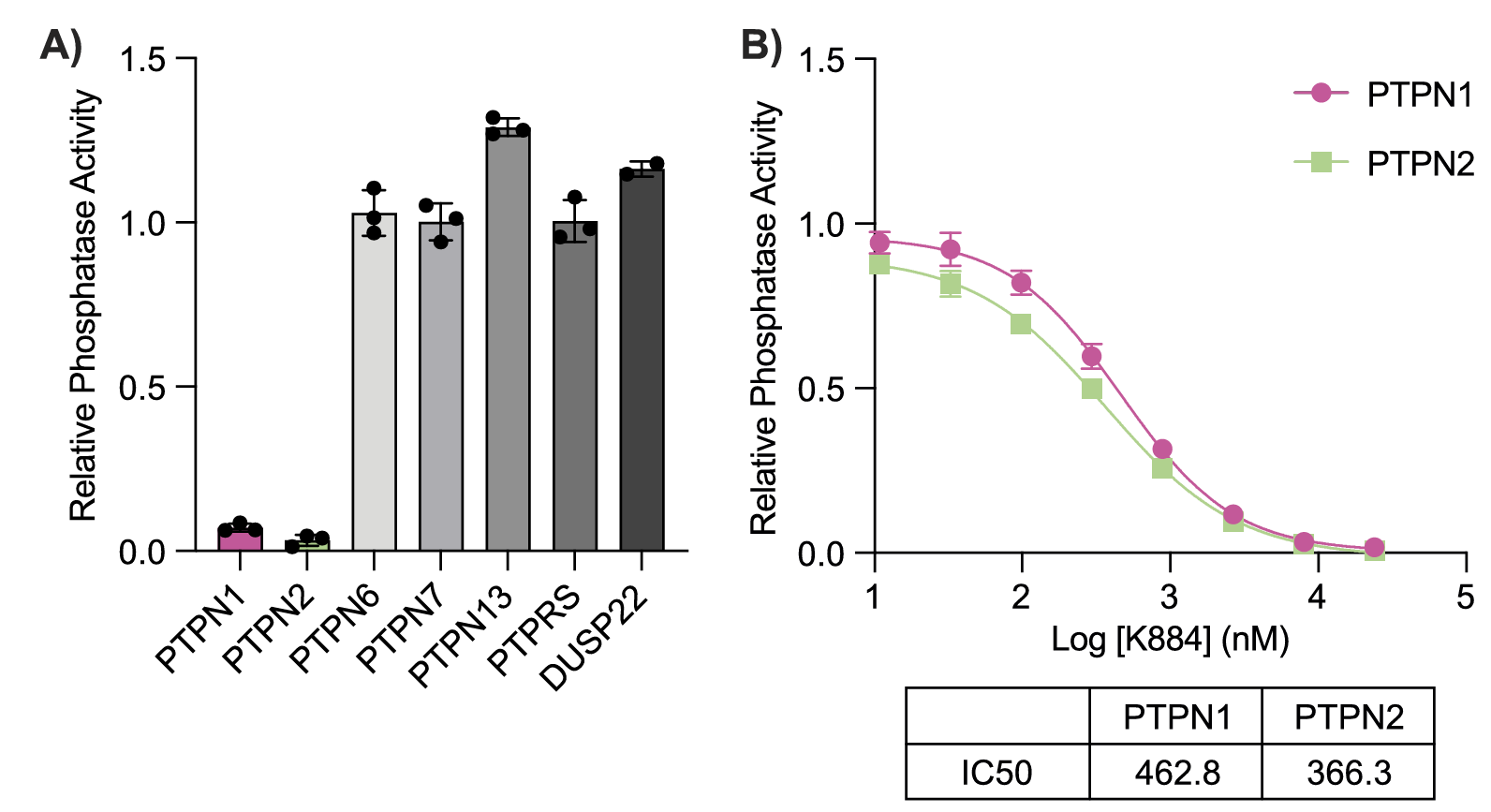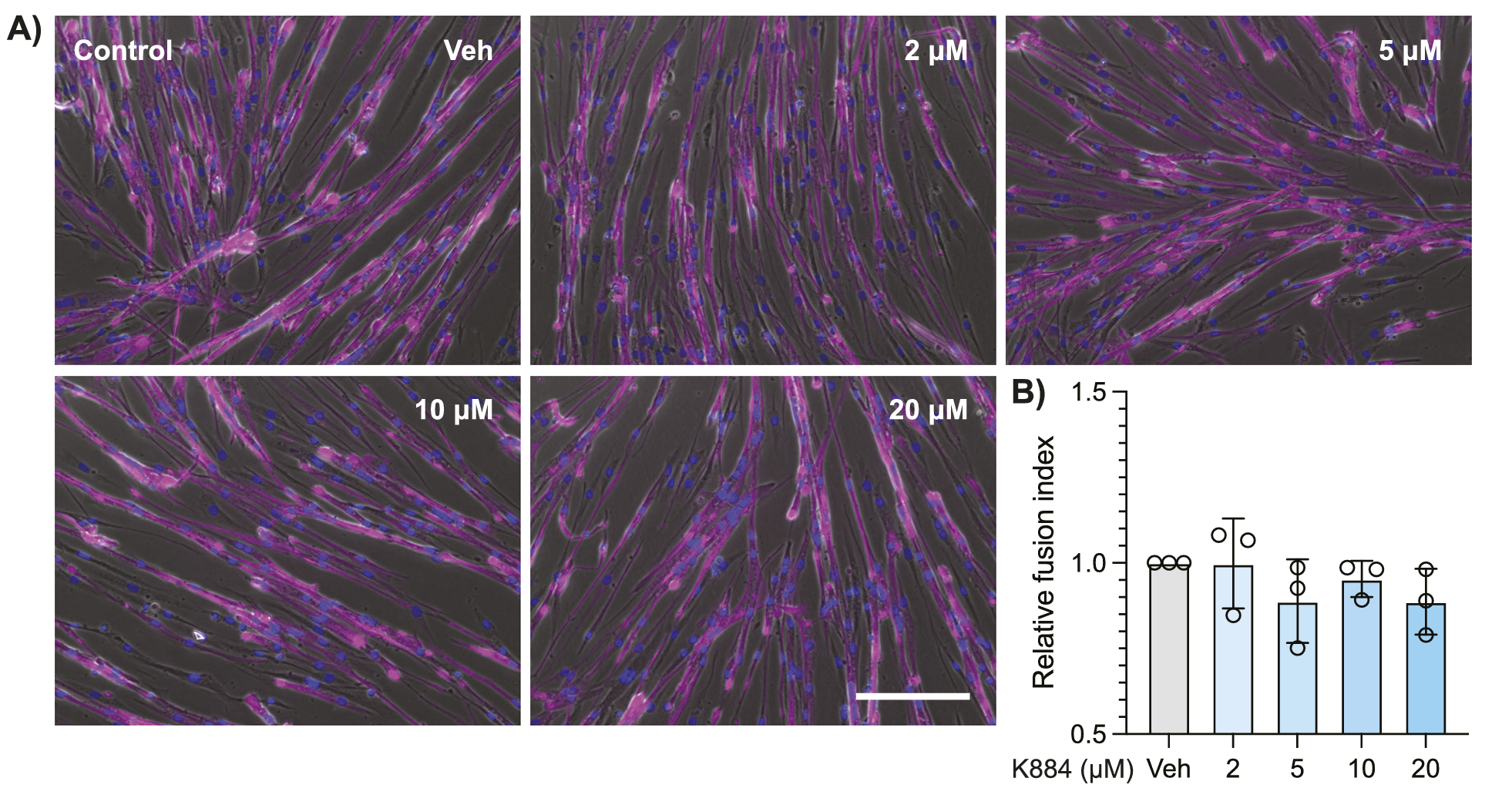Duchenne muscular dystrophy (DMD) is one of the most common and devastating childhood genetic disorders, affecting approximately one in every 5,000 male births worldwide.
Characterized by progressive muscle degeneration, this X-linked disorder results from mutations in the DMD gene, which encodes dystrophin, a protein essential for maintaining muscle cell integrity. Without functional dystrophin, muscle cells become prone to damage and degeneration, leading to severe mobility challenges and a significantly shortened lifespan.
Dystrophin is an integral component of the dystrophin-glycoprotein complex (DGC), a large protein assembly that links the intracellular cytoskeleton of muscle fibers to the extracellular matrix.

This structural connection stabilizes muscle cells during contraction. In DMD, the absence of dystrophin disrupts the DGC, leaving muscle cells vulnerable to damage during normal activity.
This damage is compounded by increased intracellular calcium levels, which impair mitochondrial function and activate calcium-dependent enzymes that degrade muscle tissue. Over time, this cascade leads to chronic muscle loss and impaired regeneration.
In addition to structural damage, dystrophin deficiency compromises the function of muscle stem cells, known as MuSCs. These cells, typically dormant, are activated in response to muscle injury, proliferating and differentiating into new muscle cells to repair damage.
Dystrophin deficiency disrupts this process, impairing MuSCs’ ability to regenerate muscle effectively. Research has shown that dystrophin interacts with proteins like MAP/microtubule affinity-regulating kinase 2 (MARK2) to regulate cell polarity during MuSC division.
Related Stories
This polarity is critical for producing both stem cells and myogenic progenitors needed for muscle repair. Without dystrophin, MuSCs fail to divide asymmetrically, limiting their regenerative capacity.
The current standard of care for DMD includes glucocorticoids, which delay muscle function decline and extend life expectancy to around 30 years when combined with cardiac and respiratory support. However, these treatments do not address the underlying genetic cause of the disease.
Gene therapies, such as CRISPR/Cas9-mediated gene editing, exon skipping, and antisense oligonucleotides, aim to restore dystrophin expression but face challenges in effectively targeting MuSCs. This limitation underscores the need for alternative approaches to enhance muscle regeneration in DMD patients.
Recent research has identified a novel compound, K884, that shows promise in addressing the regenerative deficits in DMD.

Developed by Kanyr Pharma, this drug was initially designed for cancer and metabolic disorders but has demonstrated remarkable potential in preclinical studies for DMD. Unlike gene therapies, which are mutation-specific, K884 targets cellular pathways involved in muscle repair, offering a universal treatment approach.
K884 works by inhibiting two enzymes—protein tyrosine phosphatase non-receptor type 1 (PTPN1) and type 2 (PTPN2). These enzymes regulate signaling pathways critical for cellular processes like differentiation and proliferation.
In DMD-affected MuSCs, PTPN1/2 activity disrupts the JAK/STAT signaling pathway, which is essential for myogenic commitment. By blocking these enzymes, K884 restores proper STAT3 activation, enhancing the differentiation of MuSCs into functional muscle cells. Notably, this effect is specific to dystrophic cells, leaving healthy muscle stem cells unaffected.
In laboratory experiments, researchers tested K884 on human and mouse muscle stem cells derived from DMD patients. The results were striking. K884 restored STAT3 phosphorylation levels and increased the number of asymmetric MuSC divisions, a process essential for generating myogenic progenitors.
These findings were validated in mdx mice, a well-established animal model of DMD, where K884 treatment significantly improved muscle repair outcomes.

Dr. Natasha Chang, a senior researcher involved in the study, highlighted the broader implications of this discovery. “By strengthening muscle repair rather than just slowing degeneration, therapies that stimulate muscle stem cell function have the potential to improve quality of life for DMD patients. It may help restore muscle function and, ultimately, offer greater independence,” she explained.
The ability of K884 to selectively enhance muscle regeneration in dystrophic cells represents a paradigm shift in DMD treatment. Unlike traditional approaches that aim to replace or repair the missing dystrophin protein, K884 focuses on bolstering the natural repair mechanisms of muscle stem cells. This strategy not only addresses the symptoms of DMD but also lays the groundwork for broader applications in regenerative medicine.
Moreover, the findings challenge long-held assumptions about DMD’s pathophysiology. While the disease has traditionally been viewed as a consequence of dystrophin deficiency in muscle fibers, emerging evidence underscores the critical role of stem cell dysfunction.
“This disease has historically been seen as a muscle problem caused by a missing protein called dystrophin,” said Dr. Chang. “But new research, including our own, shows that restoring stem cell function is just as critical for repairing muscle.”

Although the results of the preclinical study are promising, further research is needed to establish the safety and efficacy of K884 in humans. The team at McGill University, supported by organizations like the Stem Cell Network and Defeat Duchenne Canada, plans to explore the long-term effects of K884 and related compounds. Some of these compounds are already undergoing early-stage clinical trials, raising hopes for accelerated development timelines.
Additionally, researchers aim to investigate whether K884 can benefit other muscle-related conditions. The drug’s mechanism of action, targeting universal pathways in muscle regeneration, suggests potential applications beyond DMD. If successful, this approach could revolutionize the treatment of muscular dystrophies and other degenerative diseases.
DMD remains an incurable condition, but breakthroughs like K884 offer a glimmer of hope. By targeting the underlying regenerative deficits in muscle stem cells, this innovative therapy has the potential to transform the lives of those living with this devastating disorder.
As Dr. Chang aptly put it, “What makes K884 particularly promising is its precision. It targets DMD-affected cells without affecting healthy muscle stem cells.”
While much work remains, the progress achieved thus far represents a critical step forward in the fight against DMD. With continued research and collaboration, the vision of restoring muscle function and improving quality of life for DMD patients may soon become a reality.
Note: Materials provided above by The Brighter Side of News. Content may be edited for style and length.
Like these kind of feel good stories? Get The Brighter Side of News’ newsletter.
The post Lifechanging new drug successfully treats Duchenne muscular dystrophy appeared first on The Brighter Side of News.